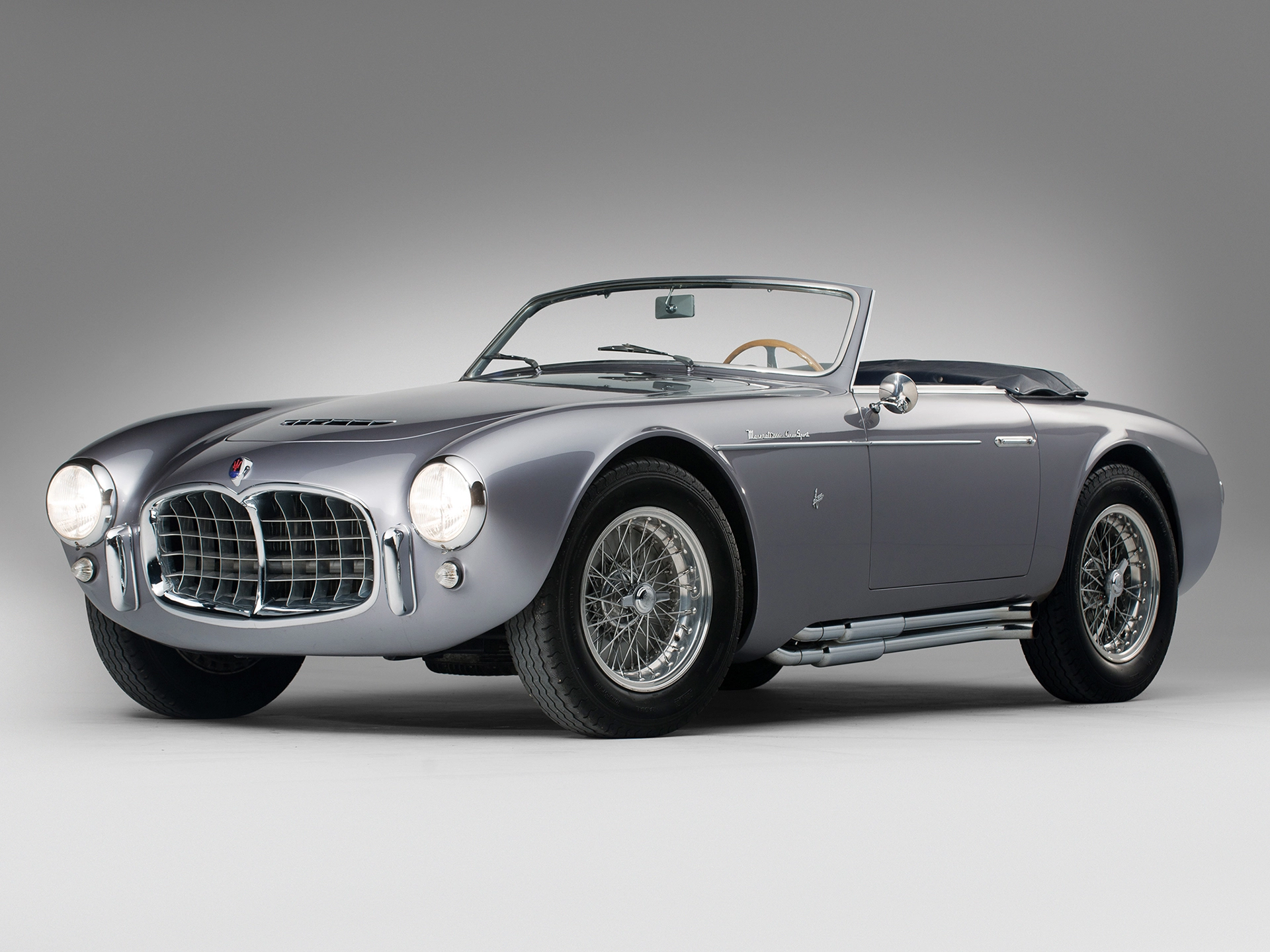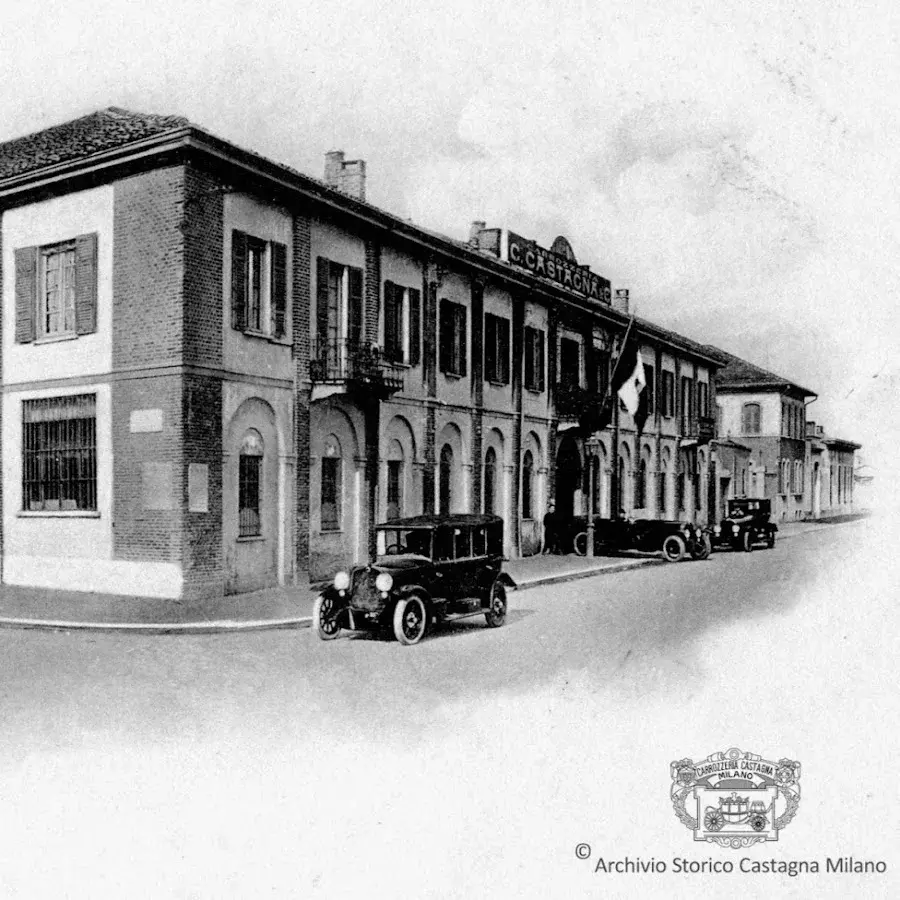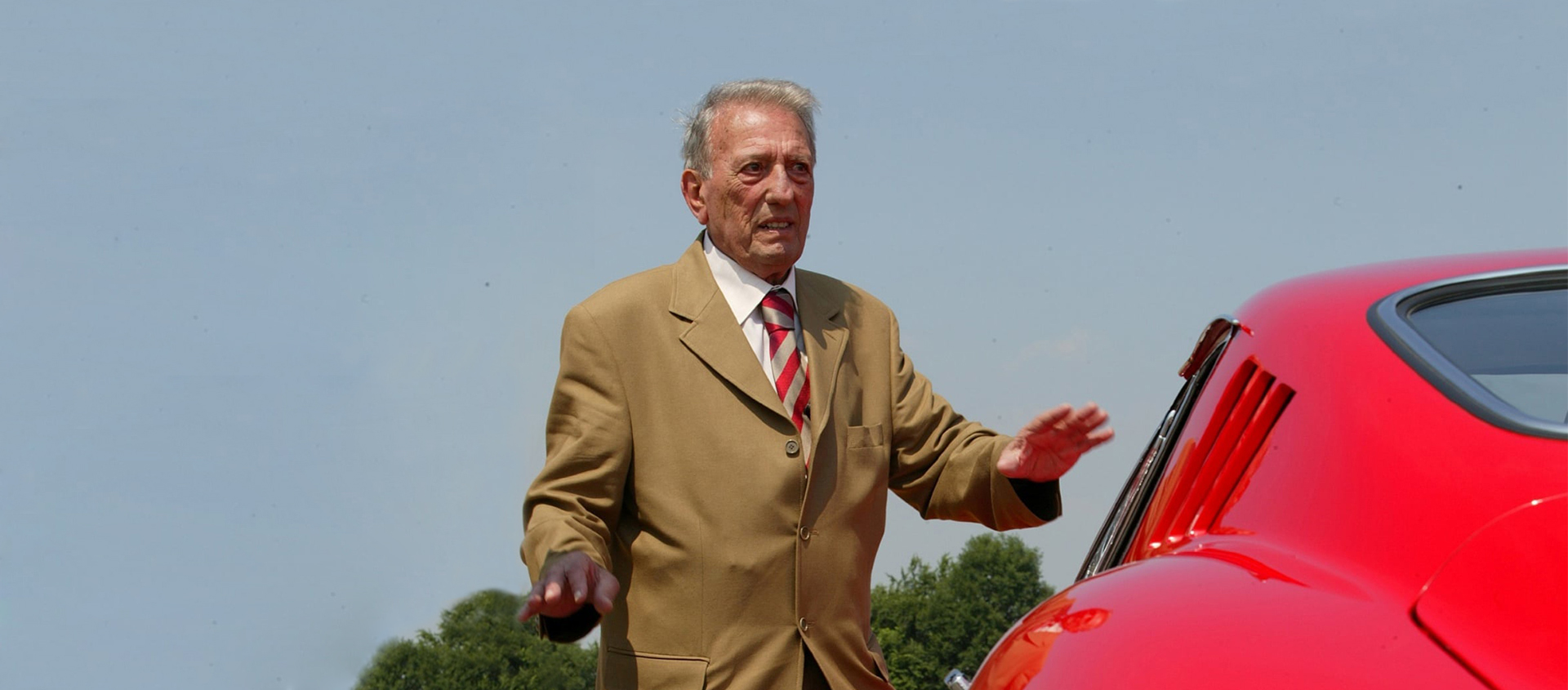The Myth of Italian Coachbuilders: Frua
25 May 2024 3 min read 4 images

Photo credit: Bonhams, RM Sotheby’s, Volvo, Wheelsage
In the post-war city of Turin, the story of Pietro Frua deserves a special mention. A man deeply connected to the world of automobiles from childhood, he realized his dream of starting his own business by founding one of Italy’s most important coachbuilding firms.
Register to unlock this article
Signing up is free and gives you access to hundreds of articles and additional benefits. See what’s included in your free membership. See what's included in your free membership.
Already have an account? Log In


